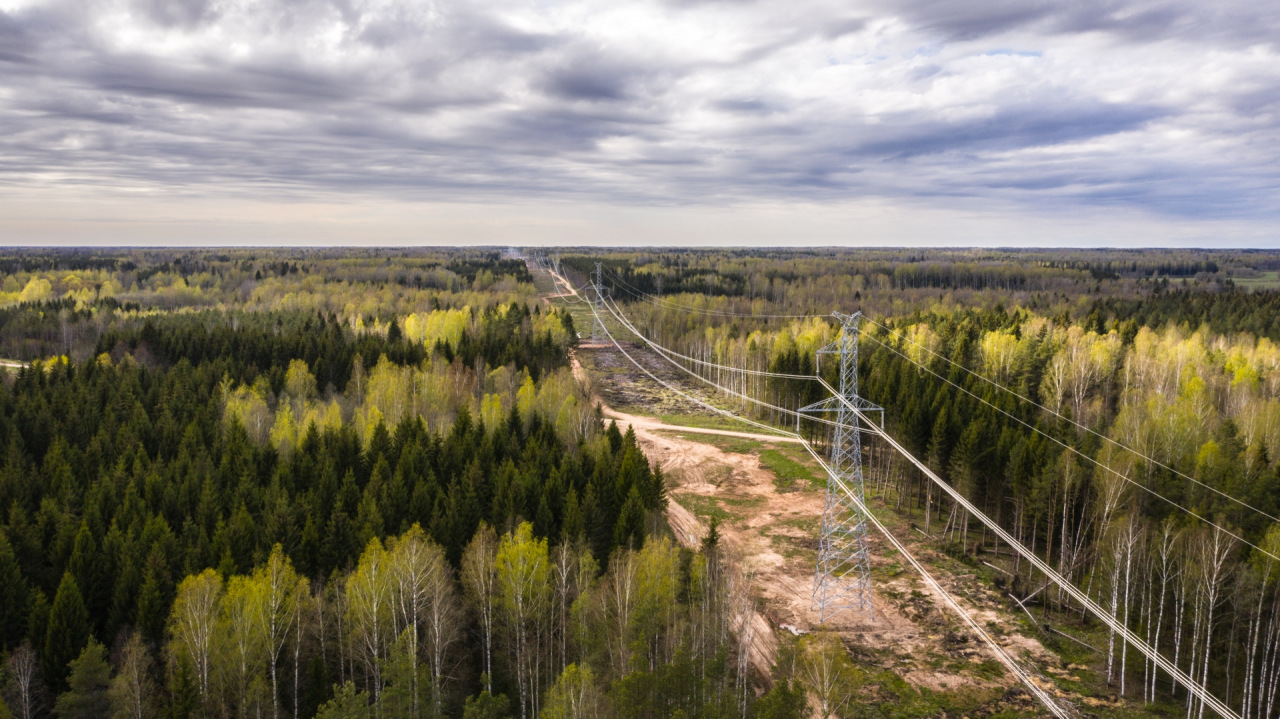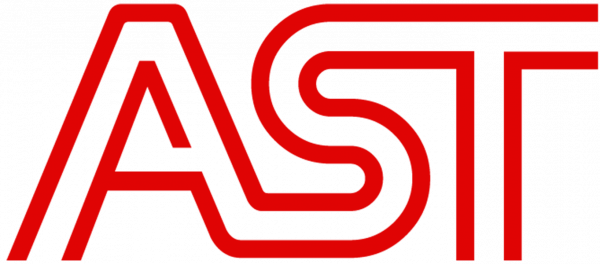
The development project "Estonia-Latvia 3rd interconnection" commissioned by BVKB
 The State Construction Control Bureau (BKVB) has commissioned the development project "Estonia-Latvia third 330 kV interconnection" implemented by the Latvian electricity transmission system operator JSC "Augstsprieguma tīkls" (AST). The new line was first put into trial operation at the end of last year, from January its capacity has been accounted for in the calculations of the cross-border capacity for electricity trade, and at the same time work was being done on preparing documentation for the commissioning of the project.
The State Construction Control Bureau (BKVB) has commissioned the development project "Estonia-Latvia third 330 kV interconnection" implemented by the Latvian electricity transmission system operator JSC "Augstsprieguma tīkls" (AST). The new line was first put into trial operation at the end of last year, from January its capacity has been accounted for in the calculations of the cross-border capacity for electricity trade, and at the same time work was being done on preparing documentation for the commissioning of the project.
"I am pleased that the final stage of the project - preparation of documents for the commissioning of the line after all construction works and commissioning of the line went constructively and smoothly. The rest of the project was similar, despite the restrictions set by the state. We thank our colleagues from BKVB, line builders - general partnership "EE-LV Interconnection", municipalities and all other involved parties for successful cooperation during the project", AST board member Mr. Arnis Staltmanis is satisfied with the work well done.
Under the framework of the project, a 176 kilometres of 330 kV high-voltage electricity transmission line from Riga CHP-2 to the Estonian border was built in Latvia, consisting of the following sections: approximately 28 kilometres of a new transmission line of from the Estonian border to the existing transmission line corridor in the Rūjiena-Aloja section, after that line continues along the existing 110 kV line corridor passing Aloja, Limbaži and Skulte towns till Saulkrasti. Further on, the line is located next to the upcoming Rail Baltica railway route. The project also included the expansion of the Riga CHP-2 substation, while the Estonian transmission system operator "Elering" has constructed the part of this line in Estonia from the Latvian-Estonian border up to the new 330 kV substation Kilingi-Nōmme, and a new 330 kV electricity transmission line Harku-Sindi has been built as the internal Estonian network reinforcement for safe interconnection operation.
In total, the costs of the 3rd interconnection project for the 330 kV electricity transmission line between substations Riga CHP-2 in Latvia and Kilingi-Nōmme in Estonia and for the Estonian internal 330 kV electricity transmission line Harku-Sindi are 170 million EUR, of which 112 million EUR has been co-financed from the funds of European Union's Connecting Europe Facility (CEF). In Latvia, 80 million EUR have been invested in the construction of the project "Estonia - Latvia third 330 kV interconnector", of which about 65% are CEF funds.
The new line will increase the total transmission capacity of the Estonia – Latvia interconnection by at least 600 MW. Until now, the transmission capacity of the cross-border interconnection was not sufficient to facilitate the required volume of electricity trade between Latvia and Estonia, which resulted in congestion and electricity price differences in certain hours of day. It is planned to eliminate the transmission capacity deficit in the Estonian-Latvian cross-section by 2024, when the reconstruction work on the Valmiera - Tartu and Valmiera – Tsirguliina electricity transmission lines will be completed. The project "Third 330 kV interconnection between Estonia and Latvia" is also important for the security of electricity supply and stable operation of the electricity transmission network both in Latvia and in the Baltics region as a whole.
The design and construction of the electricity transmission line was performed by the general partnership "EE-LV Interconnection", which consists of Latvian SIA "Elko", Polish JSC "SELPOL" and Estonian JSC "LEONHARD WEISS ENERGY", while the civil works at the substation of Riga CHP-2 were performed by the branch of "Empower AS" in Latvia".
Work on the new electricity transmission line project was started in 2012 by submitting an application to the State Environmental Monitoring Bureau, and in 2014 an environmental impact assessment was launched and public consultations on the project took place. Based on a joint application from AST and Elering, in October 2014 the project was awarded a co-financing of 65% from the funds of Connecting Europe Facility (CEF). In 2016, a tender was announced for design and construction works, and the Cabinet of Ministers of Latvia, considering the regional significance of the project, granted the status of an object of national interest to it. The construction of the new line started in early 2018 with the signing of a design and construction contract, the first pylon has been raised in May 2019, while the construction of the line was completed in December 2020.
